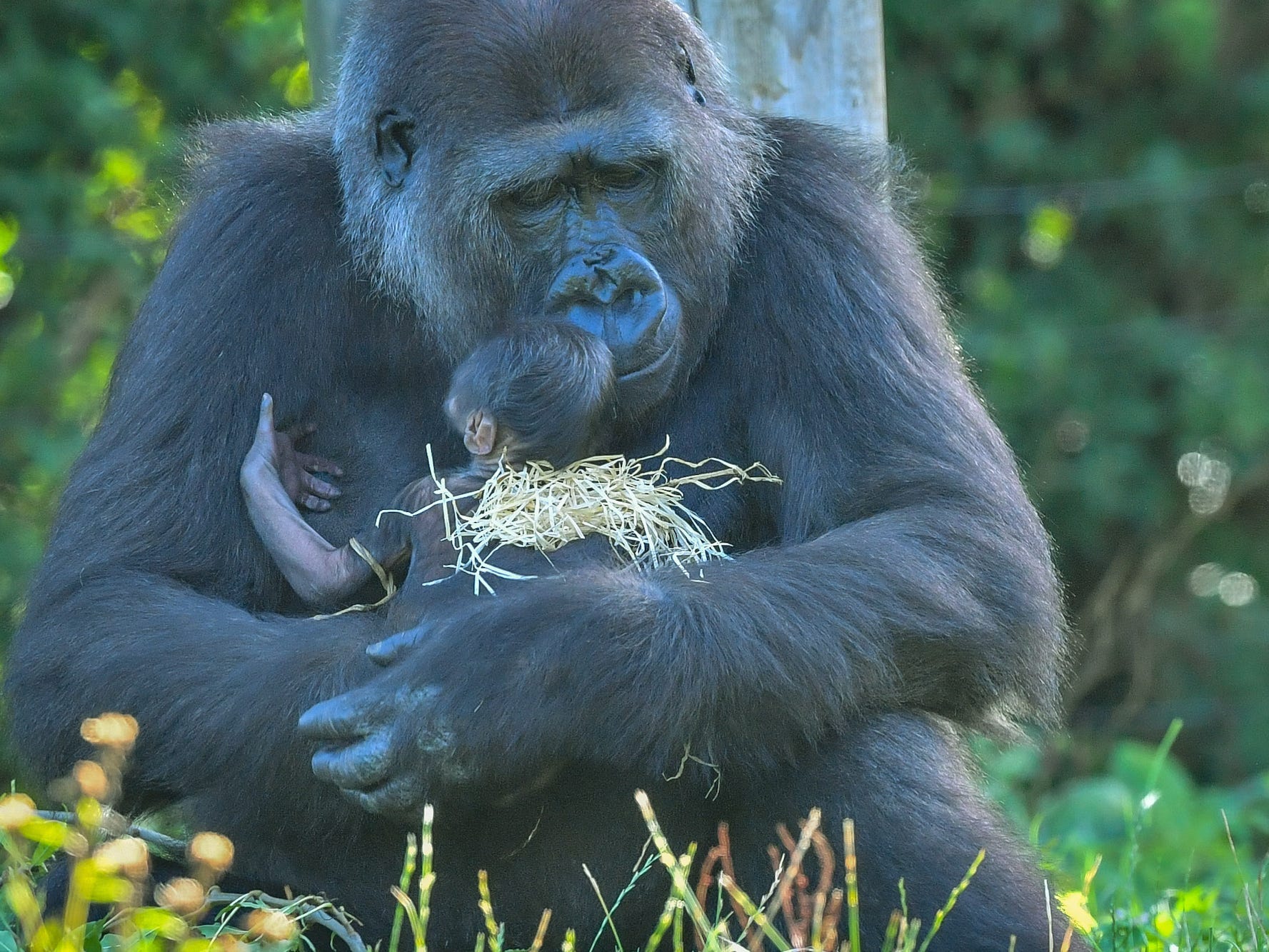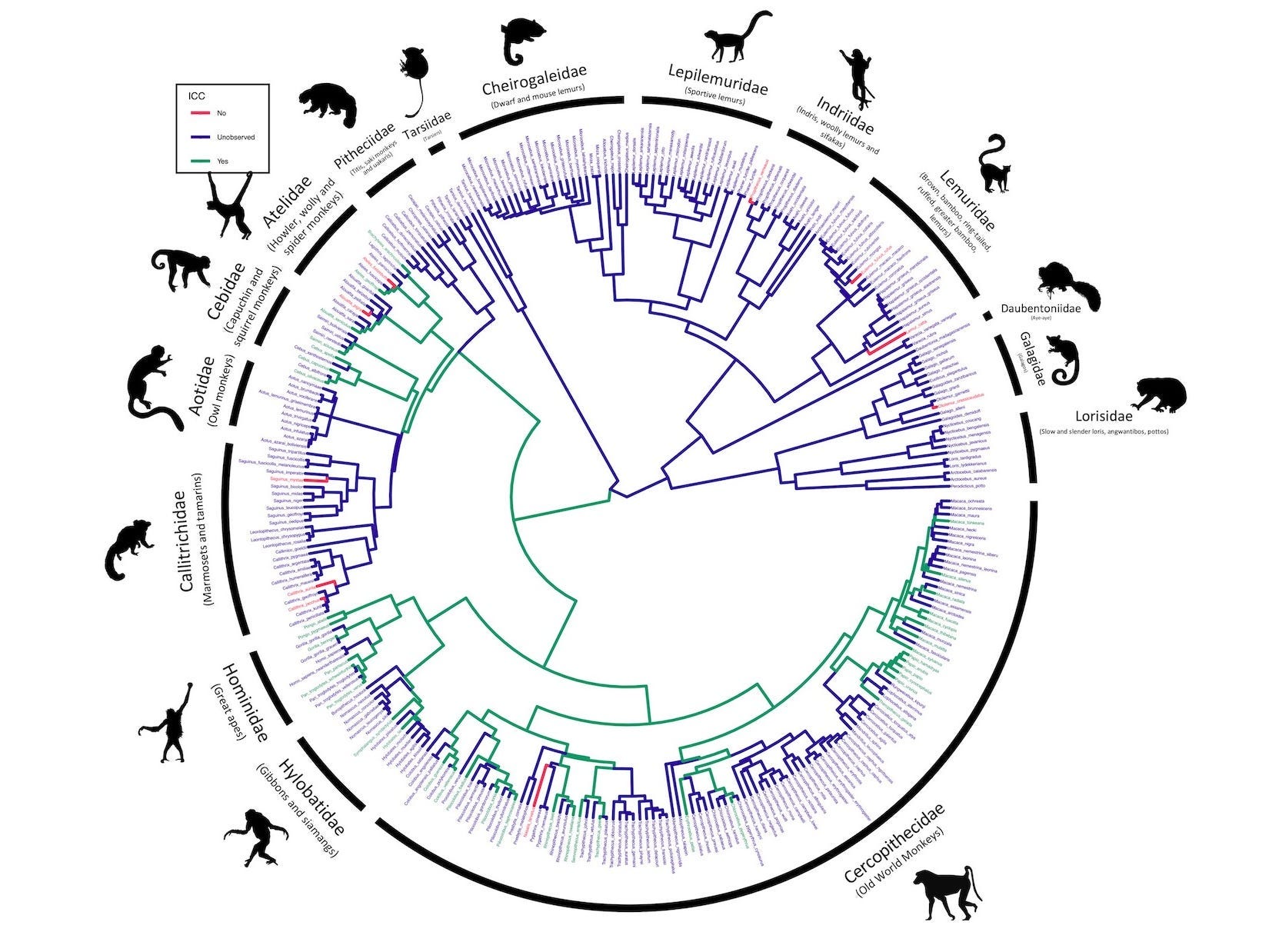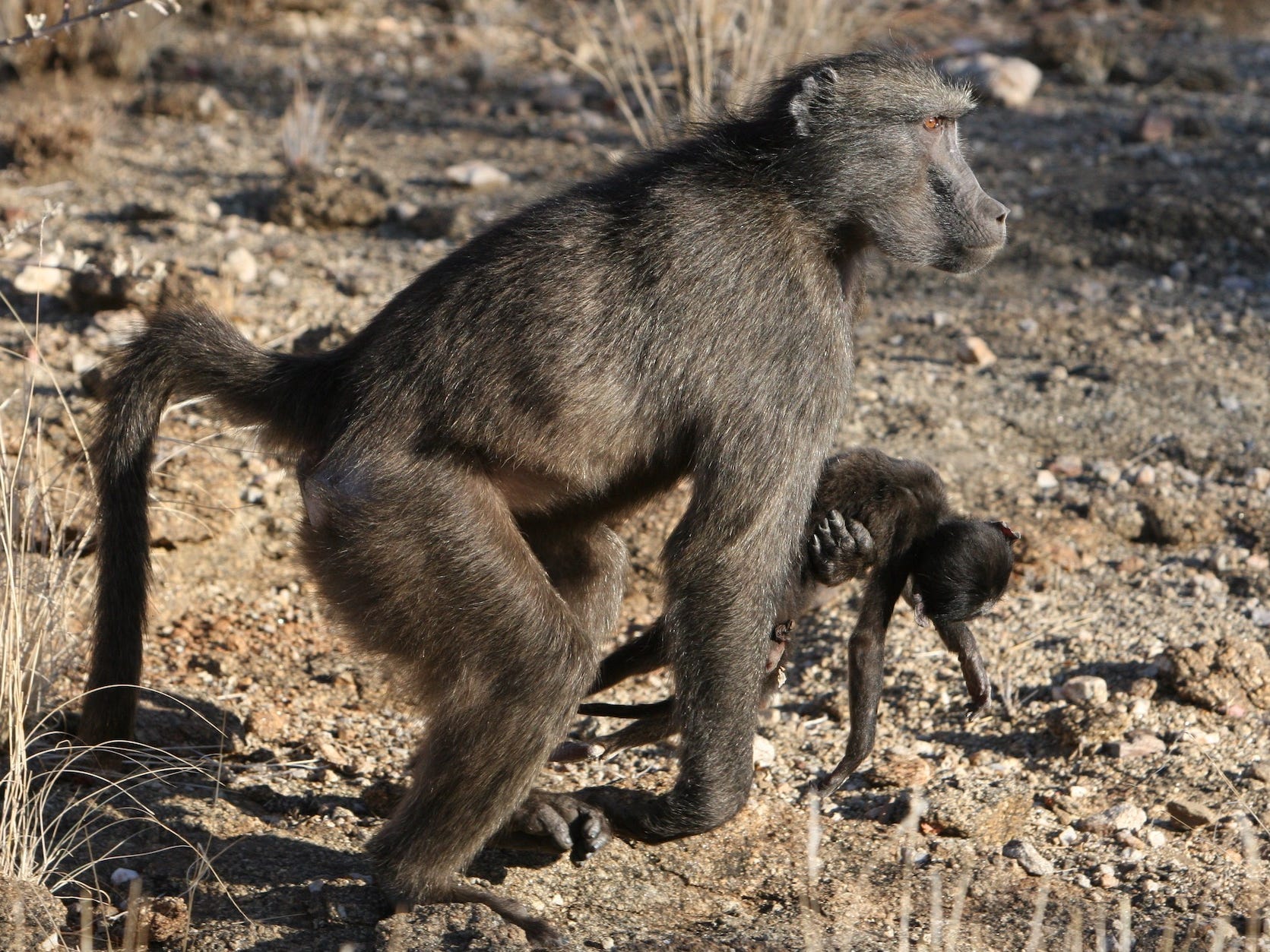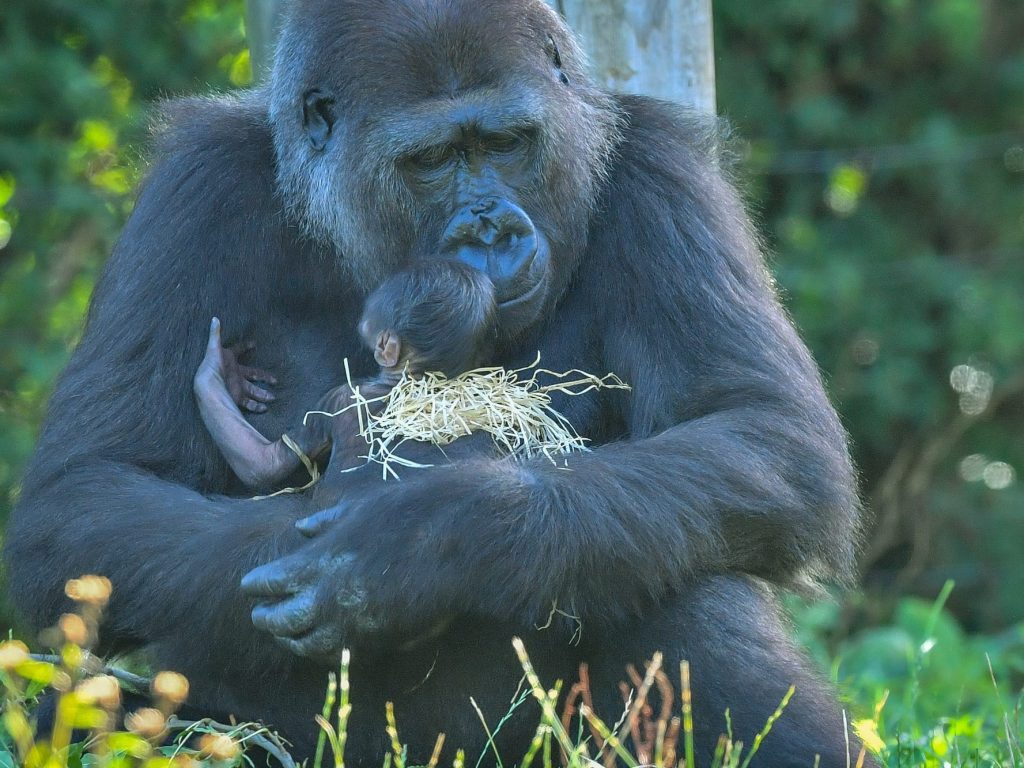
Ben Birchall/PA Images/Getty Images
- Primates seen carrying babies after their death could be experiencing forms of grief, new research found.
- The evidence suggests that the mothers could learn what death is over time.
- The findings provide clues into the evolution of emotions.
- See more stories on Insider's business page.
Scientists studying how chimpanzees and gorillas cope with the death of a newborn believe that the harrowing sight of them carrying their dead infants around for days is a sign they feel grief.
The behavior has been anecdotally reported in several primate species. An example is shown in the video below at around the 9 minute mark.
(The video contains footage of a dead baby chimpanzee which viewers could find upsetting).
The behavior puzzled scientists because it doesn't seem to provide any kind of evolutionary advantage.
Yet very little research has been done about this behavior, or more broadly on how animals other than humans react to death.
New research provides clues about whether primates grieve.
A study, published in the peer-reviewed journal Proceedings of the Royal Society B: Biological Sciences on Wednesday, is the largest of its kind. It compared more than 400 published cases of a primate mother reacting to the death of her infant.
Of those, 40 reported the mother picking up the infant's body and carrying it.
The study found the behavior was widespread among primates, including some great apes, such as gorillas and chimpanzees, and some monkeys like macaques and baboons. That suggests the behavior is passed on over millions of years.
"We think the behavior probably evolved in nearly all primates after they diverged from loris, lemurs, et cetera, and it was probably there in early humans," Elisa Fernández Fueyo, a study author from University College London, told Insider.
But as apes and monkeys evolved separately from humans, the way they mourn probably diverged, she said.

Elisa Fernández Fueyo
Fueyo said the authors were "surprised" to discover that three factors could determine whether the mother would not pick up the baby after its death:
- The first was the mothers' age: younger mothers were more likely to carry the dead baby.
- The second was how the babies died: if he or she had been killed by a traumatic event, like a predator attack or an accident, they were less likely to be carried than if they died suddenly by illness or stillbirth.
- The third was the age of the babies: the younger they were when they died, the longer they were carried.
Taking these findings together, the scientists have drawn up a hypothesis: that primates can learn about death "in similar ways to humans," said the study co-author Alecia Carter, a lecturer in evolutionary anthropology at University College London in a press release seen by Insider.
The idea is that the older the primates are, the more likely they have learned that if a baby doesn't move, it is probably dead, in which case it might be easier for them to break the bond with the baby.
"It might take experience to understand that death results in a long-lasting 'cessation of function', which is one of the concepts of death that humans have," Carter said.

Alecia Carter / Tsaobis Baboon Projec
It is also possible that the mother would be more likely to "accept" the baby's death if its body was mangled in an accident or attack.
It is also possible that the traumatic event that led to the death would scare off the mother and prevent her from holding the infant even if she wanted to.
But the younger the baby, the stronger the bond between the mother and the child, said Fueyo. "So it may be impossible for them to break [the bond] straight away," leading to the mother to carry it longer, she said.
At this point, these preliminary findings can only lead to hypotheses and more research will put them to the test, Fueyo said.
